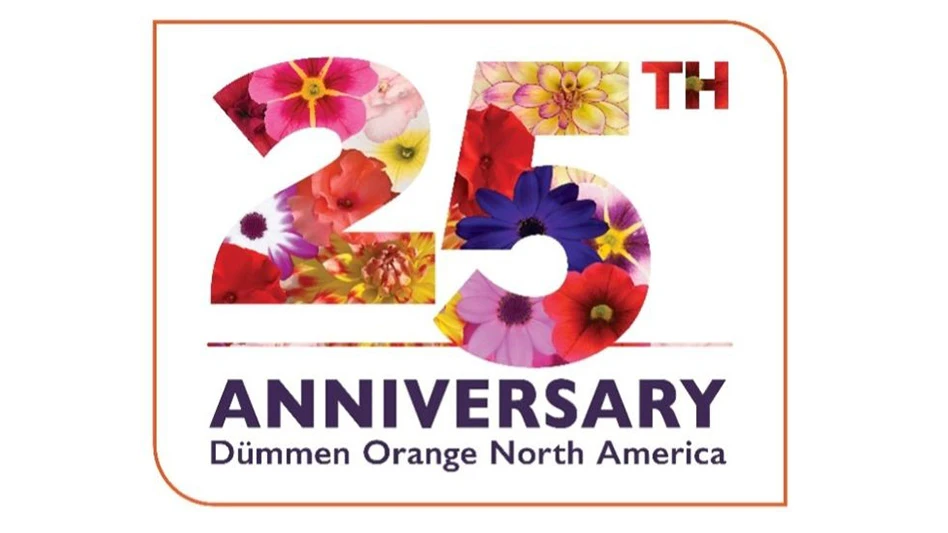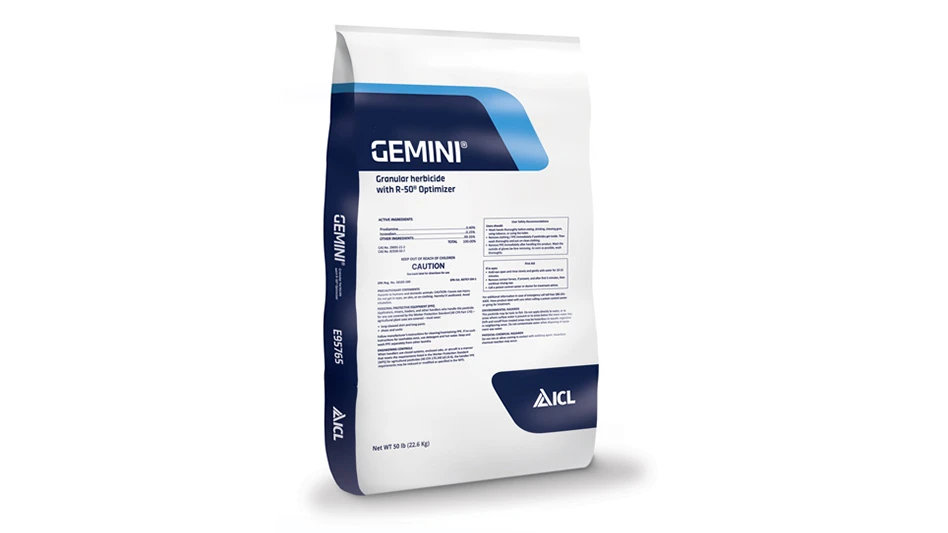_fmt.png)
The title of this article isn’t referring to a sequel to the smash hit by Ricky Martin, and perhaps grammatically it doesn’t make sense, but please bear with me. The phrase ‘La Vida’ translates into live life or enjoy life. The new Lagerstroemia ‘Cherry Mocha’ is cold hardy to USDA Hardiness Zone 6 and can now survive, live and be enjoyed in areas crapemyrtles could not survive in the past.
If you’ve ever spent time in the South, I think you’d agree that crapemyrtle in full bloom rivals the flower power of nearly any other landscape plant. Thanks to recent breeding efforts, the colorful summer displays can now extend well beyond the South. ‘Cherry Mocha’ is a prodigy of such hybridization and is one of seven recent introductions of the BARISTA series from Walters Gardens.
Are these new hybrids woody ornamentals (shrubs) or are they perennials? The answer varies and is determined by the location in which they are being grown. For example, in the South, ‘Cherry Mocha’ behaves like a woody shrub and can reach nearly 10 feet tall. However, in Zone 6, it dies back like a herbaceous perennial with new growth in the spring emerging from the base of the plant, and the final plant size reaches approximately 30 inches in height.
‘Cherry Mocha’ is a thick, multi-stemmed, low growing shrub with attractive, glossy burgundy leaves. Flowers develop on new growth, so rest assured, there’ll be plenty of flower power even in Northern locations. Lagerstroemia blooms in the late summer in the North, but flowers slightly earlier in warmer climates. Shiny red buds first appear then open to provide a stunning display of cherry red flowers which contrasts nicely with its dark foliage.
Production pointers
Lagerstroemia ‘Cherry Mocha’ is available 72-cell liners and starting next spring bare root will also be available. Small liners are available in the summer; these will take 10-12 weeks to reach a marketable size when planted in 2-gallon containers. These plants can be overwintered and sold the following spring. Large liners and bare root starting materials are available in the spring. It takes approximately 8-10 weeks to finish when planting large liners in the spring when they are grown at 68° to 74°F.
Spring planted bare root is an excellent option for producing high-quality plants. In trials I’ve observed at Walters Gardens, the plants break dormancy and grow most uniformly when they are planted after mid- to late-March (week 12 or later). Bare root will finish in as little as 6-8 weeks. Crapemyrtles started from bare root not only finish faster, but they will result in fuller plants than containers started from liners.
Lagerstroemia typically perform best in a bark based growing mix; they will grow well in other types of growing substrates provided there is plenty of drainage. They require average to slightly below average amounts of irrigation. Although they are drought tolerant once established in the landscape, I wouldn’t subject them to those conditions during production. ‘Cherry Mocha’ can be grown with moderate fertility levels. Deliver 100 to 120 ppm nitrogen with each irrigation when using water-soluble fertilizers or incorporate 1.0 to 1.5 pounds of elemental nitrogen when using a controlled-release fertilizer. Maintain the pH between 5.5 and 6.0 throughout the production cycle.
Grow ‘Cherry Mocha’ outside in full sun or in greenhouses with high light intensities. Growing them under low light levels or under heavy shade will cause them to become leggy, develop less branches and results in poor flowering. High light intensities also result in darker, more appealing foliage coloration.
Lagerstroemia ‘Cherry Mocha’ is easy to grow and has lots of flower power. In the landscape, it will steal the show when used in shrub or perennial borders. Another option would be to enjoy it on the deck or patio in a decorative container, which can be transplanted into the landscape in the fall. If your operation is located in Zone 6 or you sell and ship to Zone 6 and haven’t tried Lagerstroemia in the past, now is a good time to experience ‘Cherry Mocha’ for yourself. And your customers will appreciate it, too.

Explore the July 2017 Issue
Check out more from this issue and find your next story to read.
Latest from Nursery Management
- March 2025 issue recap
- Gratitude as a marketing strategy
- Leading Women of Horticulture: Katie Dubow, Garden Media Group, and Aubry Field, Lizzy Blossom
- Leading Women of Horticulture: Arden Pontasch, North Creek Nurseries
- Super Charged Moon Juice from Moon Valley Nurseries now available nationally
- 2025 Proven Winners Horticulture Scholarship applications now open
- Leading Women of Horticulture: Anna Ball, Ball Hort, and Terri McEnaney, Bailey Nurseries
- Leading Women of Horticulture: Crystal Cady and Elizabeth Brentano






